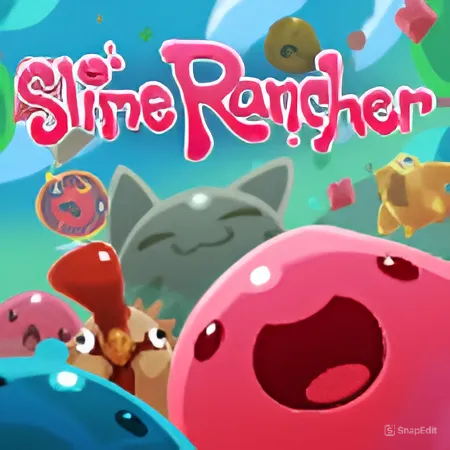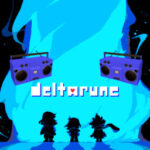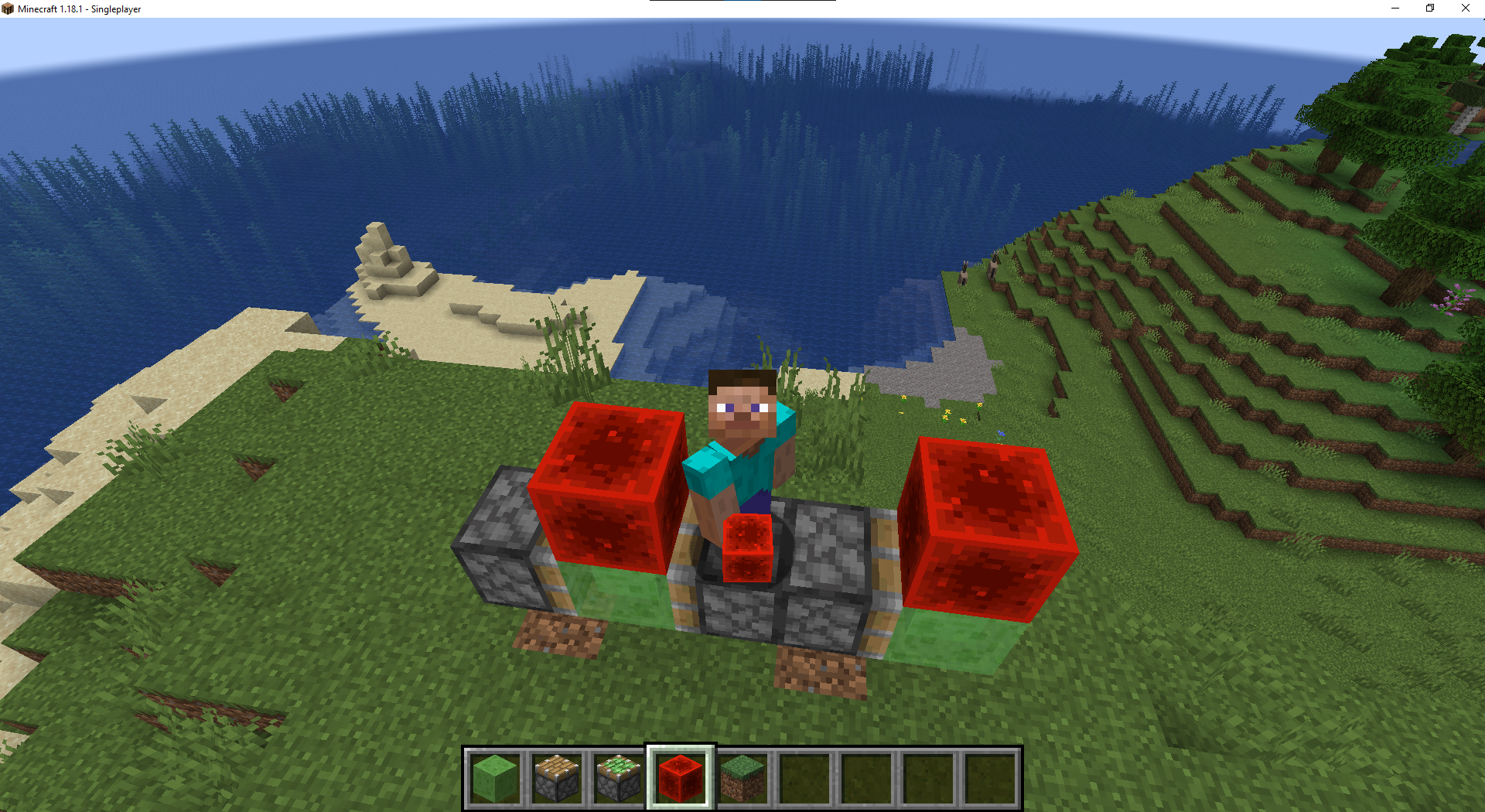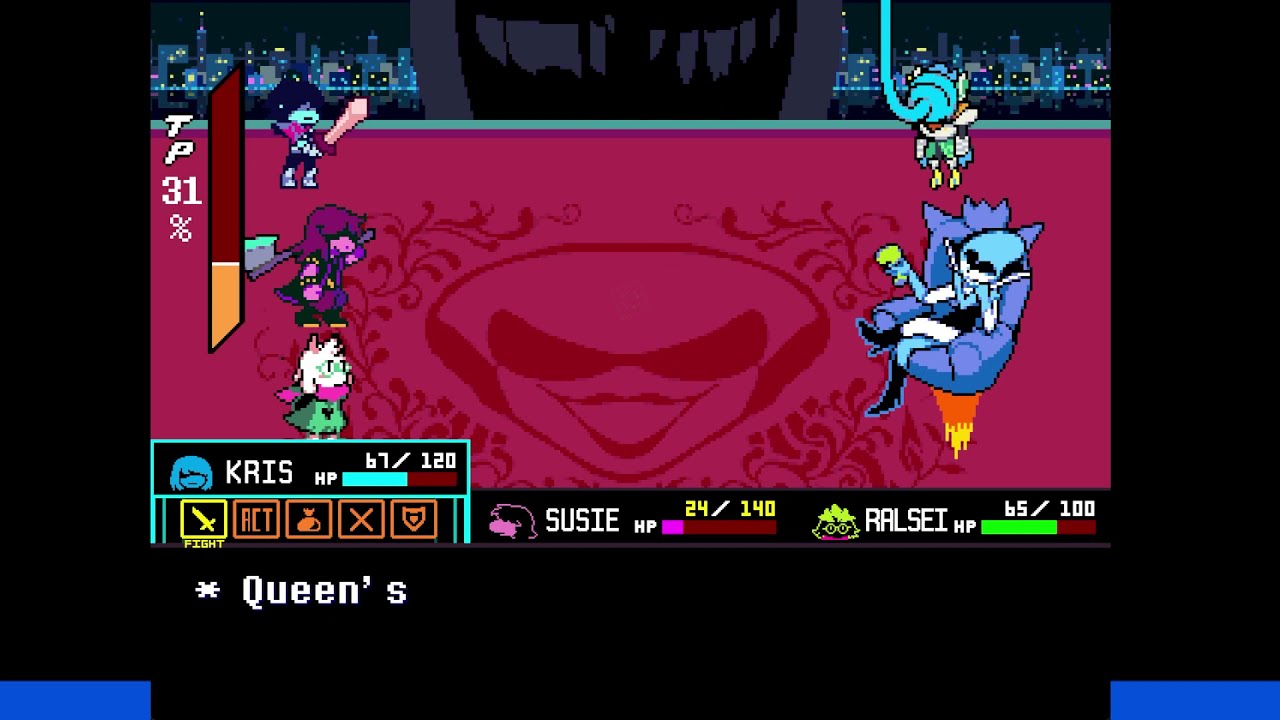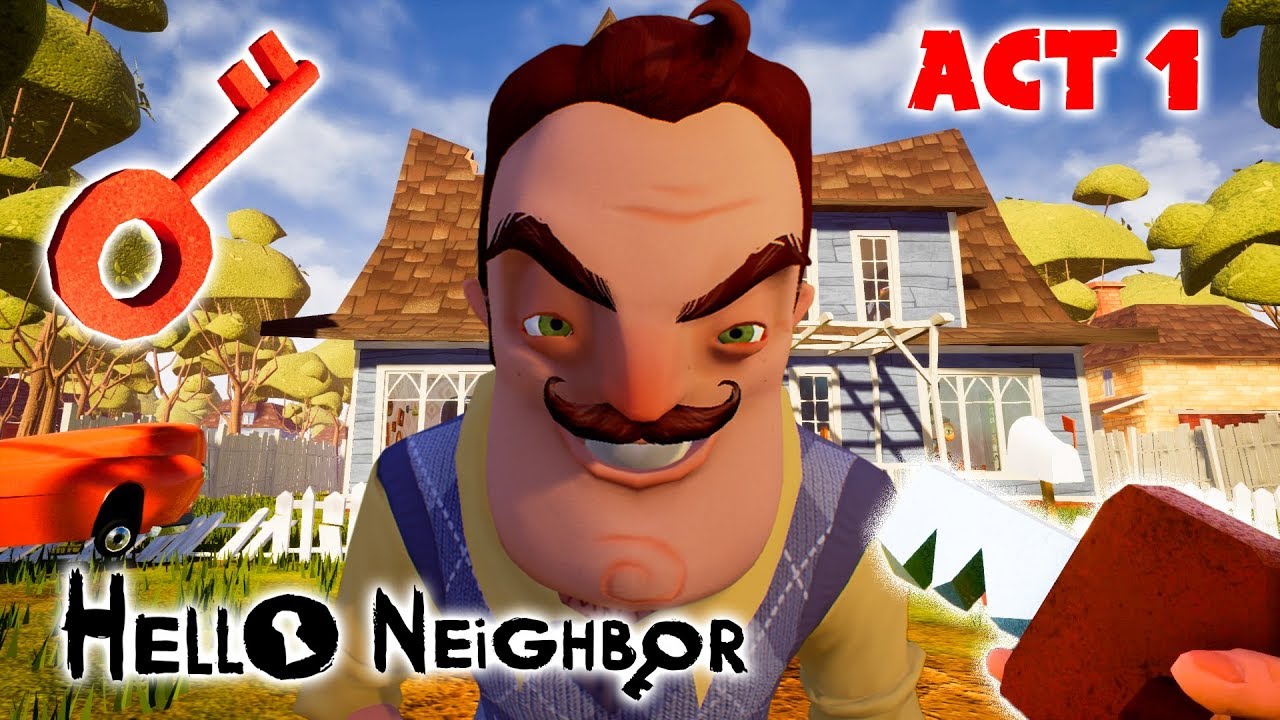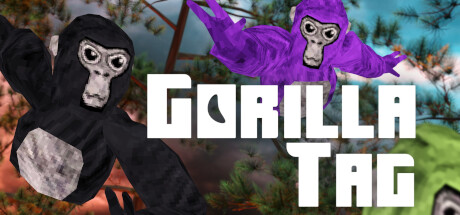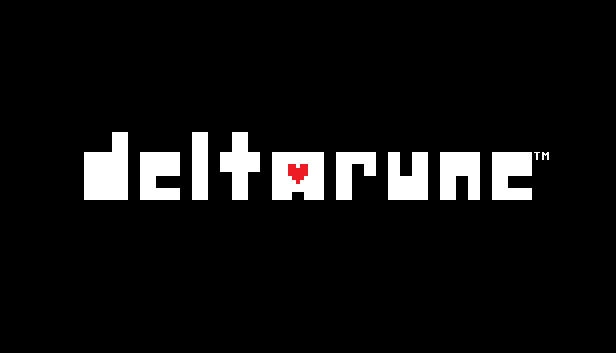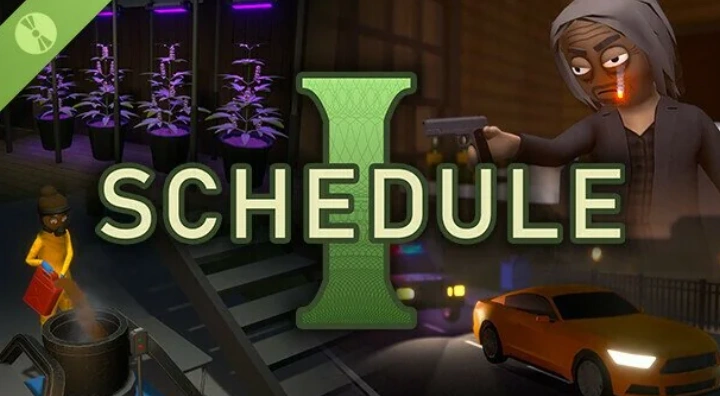Slime Rancher: A Deep Dive into the Charming Chaos of Slime Management
Slime Rancher is a unique farming simulator that blends vibrant visuals, a relaxed pace, and quirky mechanics into a memorable gaming experience. Developed by Monomi Park, players step into the boots of Beatrix LeBeau, a plucky rancher who journeys to the Far, Far Range to wrangle sentient slimes and build a thriving ranch. While its surface appears simple, Slime Rancher hides layers of depth within its economy, exploration, and customization. In this expert review, we delve into every aspect of the game—from your humble ranch beginnings to mastering the art of slime science.
Starting Out: Building Your First Ranch
At the beginning of Slime Rancher, you're handed a small ranch plot with limited funds and a few enclosure slots. Your initial task is to start collecting slimes and harvesting plorts.
Understanding the Vacpack and Slime Rancher Corrals
Your main tool is the Vacpack, a vacuum-style gadget that sucks up slimes, food, and resources. You'll start by capturing pink slimes, the most common variety, and placing them in basic corrals.
Slime Rancher Resource Management: The Early Game Loop
Progression revolves around collecting plorts (slime waste) and selling them at the Plort Market. These plorts fund expansions like new plots, jetpacks, and upgraded gear.
Plort Market: Supply, Demand, and Strategy
The in-game economy is more complex than it first appears, with shifting prices and demand for various plorts.
The Market Board in Slime Rancher
Prices fluctuate daily. Selling large quantities of one type of plort will cause its value to drop, pushing players to diversify their slime types and manage output strategically.
Optimizing Slime Rancher Plort Production
Strategically assigning slime types to corrals becomes key. Exotic slimes yield more valuable plorts but need careful management, special diets, and safety precautions.
Exploring the Far, Far Range in Slime Rancher
Exploration becomes essential once your ranch is stable. Each new region unlocks rare slimes and resources, offering new economic and gameplay opportunities.
New Biomes: Dry Reef, Indigo Quarry, and More
Each biome in Slime Rancher contains distinct flora, fauna, and environmental challenges. Exploration requires gear upgrades like the jetpack or water tank to survive new threats and reach secret areas.
Gordo Slimes and Slime Keys
Giant, stationary Gordo slimes block key passages. Feed them until they burst to obtain Slime Keys or teleporters that unlock new areas of the map.
Slime Variety: Traits, Diets, and Threats
Slimes in Slime Rancher have unique behaviors, favorite foods, and potential dangers. Understanding them is essential to maintaining a safe, efficient ranch.
Notable Slimes: Phosphor, Tabby, Boom, and Beyond
Phosphor slimes require shade or special corrals due to their nocturnal nature. Boom slimes detonate unpredictably, while Tabby slimes behave like energetic cats—cute but chaotic.
Largos and Tarrs: Slime Combinations Gone Right or Wrong
Combining slimes by feeding a plort from another species creates a Largo. But feeding a Largo an additional plort type results in a Tarr—a dangerous corruption that devours other slimes and causes chaos.
Slime Rancher Ranch Expansion and Automation Tools
Managing your ranch manually becomes unwieldy over time. Slime Rancher introduces several tools and upgrades to streamline operations.
Upgrading Corrals and Facilities
Auto-feeders, plort collectors, and high walls reduce the need for constant attention. Air nets prevent flying slimes from escaping, while music boxes soothe aggressive types.
The Lab, Refinery, and Slime Science
Slime Science introduces crafting via the lab. Resources gathered from extractors allow players to create teleporters, drones, and gadgets to automate slime care and ranch logistics.
Feeding Slimes in Slime Rancher: Food Types and Diet Strategies
Food plays a pivotal role in slime care. Matching slimes to their favorite foods can significantly boost productivity.
Farming in Slime Rancher: Gardens, Coops, and Silos
Setting up food production involves growing fruits and veggies or breeding hens. Silos allow you to store food in bulk, preparing for mass feeding sessions.
Favorite Foods: Maximizing Plort Output
Every slime has a favorite food. Feeding a slime its favorite results in double plorts—vital for maximizing profit and reducing feeding cycles.
Slime Rancher Science Lab: Gadgets, Drones, and Tech
Mid-game opens up the Lab, where advanced gadgets enhance exploration and automation.
Using Extractors to Gather Rare Resources
Drills, pumps, and apiaries collect materials like Indigonium and Wild Honey. These resources fuel the construction of advanced tech.
Best Gadgets in Slime Rancher
Useful gadgets include teleporters, warp depots for item transfer, and utilities like hydro turrets or slime lamps that boost both form and function.
Managing Time in Slime Rancher: Day-Night Dynamics
Time influences slime behavior, player stamina, and in-game market resets.
Nocturnal Slimes and Ranch Adaptations
Phosphor slimes only appear at night. Keeping them alive requires solar-shielded corrals and nighttime exploration for optimal collection.
Stamina and Sleep Cycles
Your character has limited stamina for sprinting and flying. Sleeping restores energy and resets slime spawns and market prices.
Player Freedom: Sandbox Systems and Exploration
Slime Rancher is designed without hard goals, allowing for a wide range of playstyles.
Optional Objectives and Endgame Goals
You define success: collect all slime types, unlock every biome, or max out automation. There's no failure—only progress at your own pace.
Story and NPC Lore Through Mail
Characters like Mochi Miles and Ogden Ortiz send emails that flesh out the world and occasionally offer side quests or exclusive areas.
Slime Rancher Final Score and Expert Verdict
Slime Rancher shines with its mix of charm and strategy. It offers a refreshing break from high-pressure games, inviting players to explore, experiment, and relax. Its open structure rewards long-term engagement, though players may wish for more narrative or multiplayer features as the game progresses. Nonetheless, it remains a beloved gem in the indie simulation scene.
Slime Rancher Score Breakdown
| Category | Score |
|---|---|
| Visuals and Audio | 9.5 |
| Gameplay Systems | 9.0 |
| Exploration and Content | 8.8 |
| Replayability | 8.5 |
| Accessibility | 9.0 |
Overall Expert Score: 8.9 / 10
Conclusion: Why Slime Rancher Still Holds a Place in Every Gamer’s Library
Slime Rancher proves that simplicity and charm can coexist with deep systems and rewarding gameplay. Whether you're feeding slimes their favorite snacks, building warp tech, or just admiring the neon skies of the Far, Far Range, the game provides a cozy sandbox filled with joy, challenge, and creativity. Its enduring popularity is no accident—this game is one of the most innovative and lovable farming simulators of the last decade.
